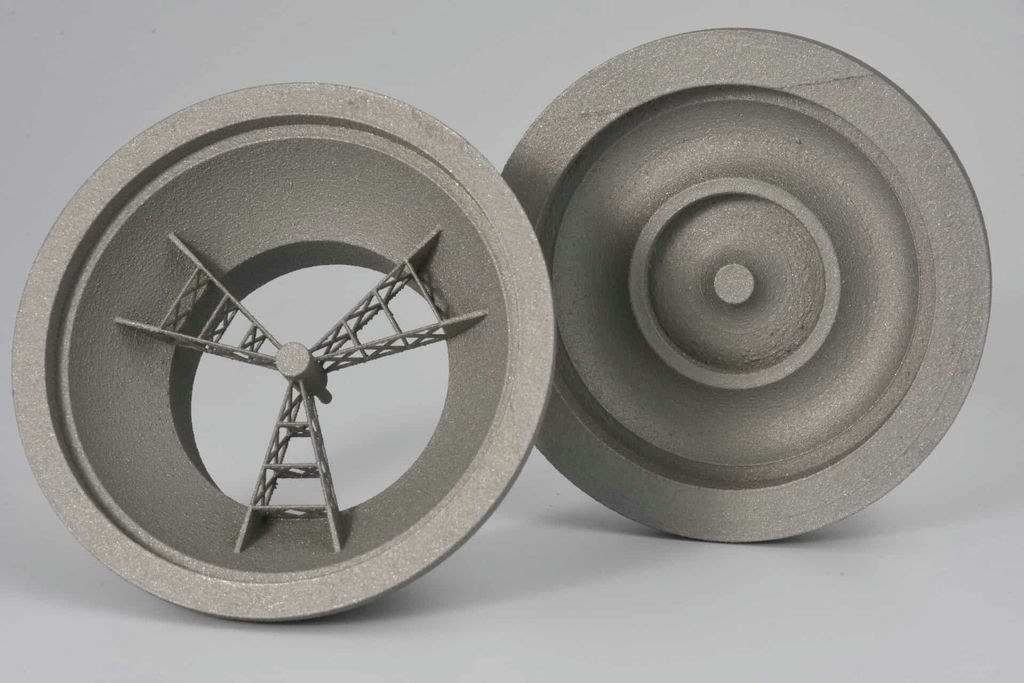Soft magnetic materials are essential for satellite subsystems and mechanisms. Magnetic torquers, shields and bearings are used on a variety of Earth Observation and science missions. Traditional design options for soft magnetic components are limited because of milling and manufacturing challenges, which combined with their high density – three times heavier than aluminium – limits their use to simple geometries with minimal component mass. These limitations can now be addressed through recent advancements in additive manufacturing of functional materials.
A GSTP funded activity utilised the benefits of additive manufacturing with laser powder bed fusion technologies to improve the material properties of soft magnetic material.
Although additive manufacturing has become an interesting alternative to conventional manufacturing processes for a variety of applications, recent research, development, and applications have mainly been focused on structural components. This activity focused on developing additive manufacturing techniques on functional material, realising more complex and optimised designs, with reduced material consumption.
A rotor for a magnetic bearing was designed, acting as a demonstrator, and manufactured from a nickel iron alloy. The demonstrator was successfully verified through testing and inspection, raising the technology readiness level to 4. The rotor reached a part density of over 99.5 % and a tensile strength above 365 MPa, with improvements in the magnetic properties of the nickel iron alloy, including high permeability and low coercivity. Furthermore, the manufacturing of a light weight, lattice-like structure permits the creation of more complex design elements, with an increased design freedom, which improves the overall efficiency of satellite actuators.
Subscribe to AM Chronicle Newsletter to stay connected: https://bit.ly/3fBZ1mP
Follow us on LinkedIn: https://bit.ly/3IjhrFq
Visit for more interesting content on additive manufacturing: https://amchronicle.com


